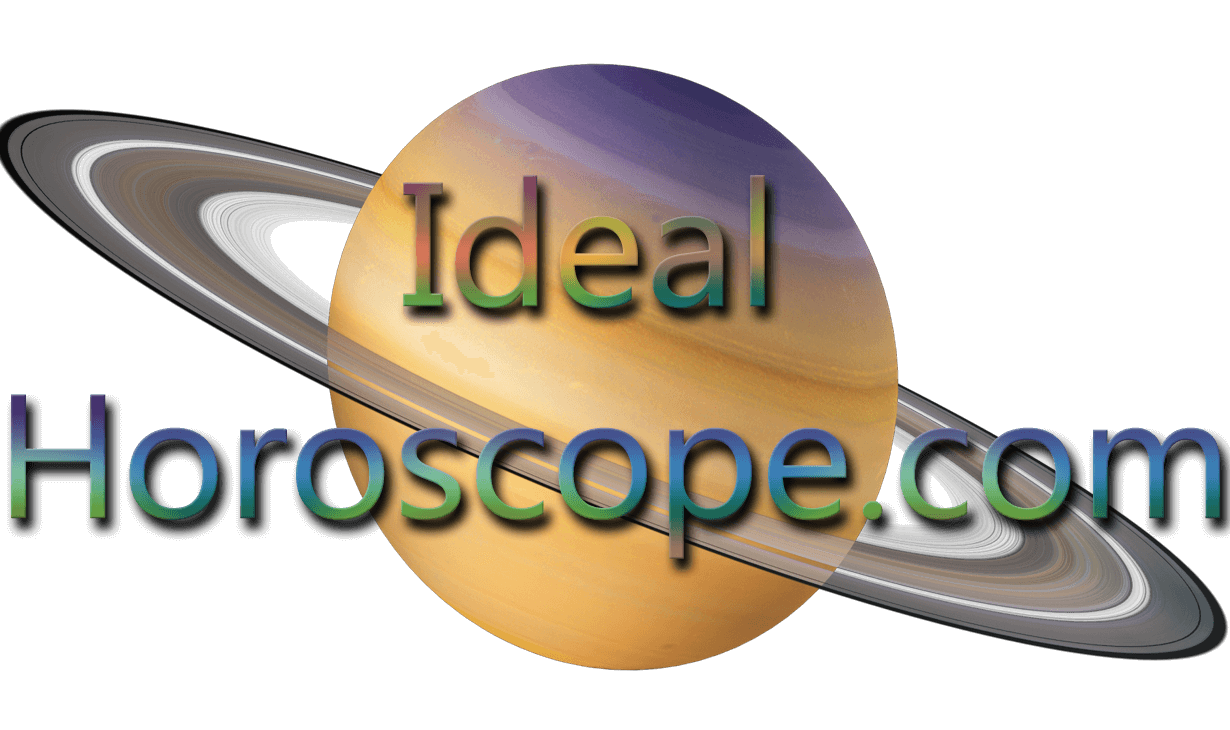Vedic Astrology and Human Physiology
Every Individual is Cosmic
Professor Tony Nader, MD PhD, has discovered that there is a perfect, one-to-one correlation between the cosmic bodies—Sun, moon, planets, and stars—and human physiology; specifically, key components of our brain, cells, and even DNA, are linked to the planets in our solar system. The movements of these celestial bodies and their positions in the universe have a strong effect on us and our overall health.
How does it work?
Every individual has a natal chart which shows the position of the planets at the time of their birth.
In Vedic astrology corresponding parts of the brain are linked to the location of the planets when a person was born.
Depending on how these are positioned, they can have either positive or negative effects on human physiology.
If a planet is at an unfortunate aspect or position with the corresponding part of the brain then this can manifest through psychological issues, anxiety, stress, and other disorders in the life of the individual.
The relationship between human physiology and the planets:
Vedic astrology focuses on 7 planets and 2 lunar nodes.
These are linked to different areas of the brain as follows:
The Sun |
|
 |
The Sun is linked to the thalamus. Just as the Sun is the most important point in our solar system and gives us light and power, so the thalamus is the most important part of our brain. All life is controlled by the Sun and all our activities are controlled by the thalamus. |
The Moon |
|
 |
The Moon is one of the most important planets in our solar system and also in our physiology. The Moon is connected to the hypothalamus which in turn controls our menstrual and reproductive cycles as well as our emotions, internal behavior and moods. |
Mercury |
|
 |
In human physiology Mercury influences the sub-thalamic nucleus. This part of the brain receives instructions from other areas and regulates activity as a result. This mirrors the way Mercury revolves around the Sun and is strongly influenced by its relationship with this planet. |
Venus |
|
 |
Venus is connected to the pars reticulata and to the limbic system. This controls our emotions and our emotional reaction to stimuli. This also links to instinct and the way we feel about those around us. |
Mars |
|
 |
The planet Mars links to the red nucleus, the pars compacta, and the amygdala. These parts of the brain control our impulses and provide us with balance and stability. |
Jupiter |
|
 |
This planet is associated with deep wisdom and it is no surprise that it is linked to the globus pallidus. This part of human physiology manages instructions sent to the brain and promotes harmony and balance in brain activity. |
Saturn |
|
 |
Saturn has an influence on the putamen. This planet sits on the edge of the solar system and the putamen is also located on the side of the basal ganglia. The focus of the putamen is to send messages to the basal ganglia. |
Rahu
Rahu is referred to as the ‘Head of the Dragon’ and is linked to the head of the caudate. This is the area that influences eye movement and focus. It also connects to changes in our behavior and memory.
Ketu
Ketu is connected to the tail of the caudate in human physiology. It is linked to emotions and to learning or to the way in which we retain information.
The table below summarizes the connections between planets of our solar system and human physiology.
| Astronomical Body | Sanskrit Name | Signs Ruled | Physiological Counterpart |
| Sun | Surya | Leo | Thalamus |
| Moon | Chandra | Cancer | Subthalamus |
| Jupiter | Guru | Sagittarius, Pisces | Globus Pallidus |
| Saturn | Shani | Capricorn, Aquarius | Putamen |
| Venus | Shukra | Taurus, Libra | Substancia Nigra |
| Mars | Mangal | Aries, Scorpio | Amygdala |
| Mercury | Buddha | Gemini, Virgo | Subthalamus |
| Ascending Lunar Node | Rahu | None | Nucleus Caudatus – Head |
| Descending Lunar Node | Ketu | None | Nucleus Caudatus – Tail |
